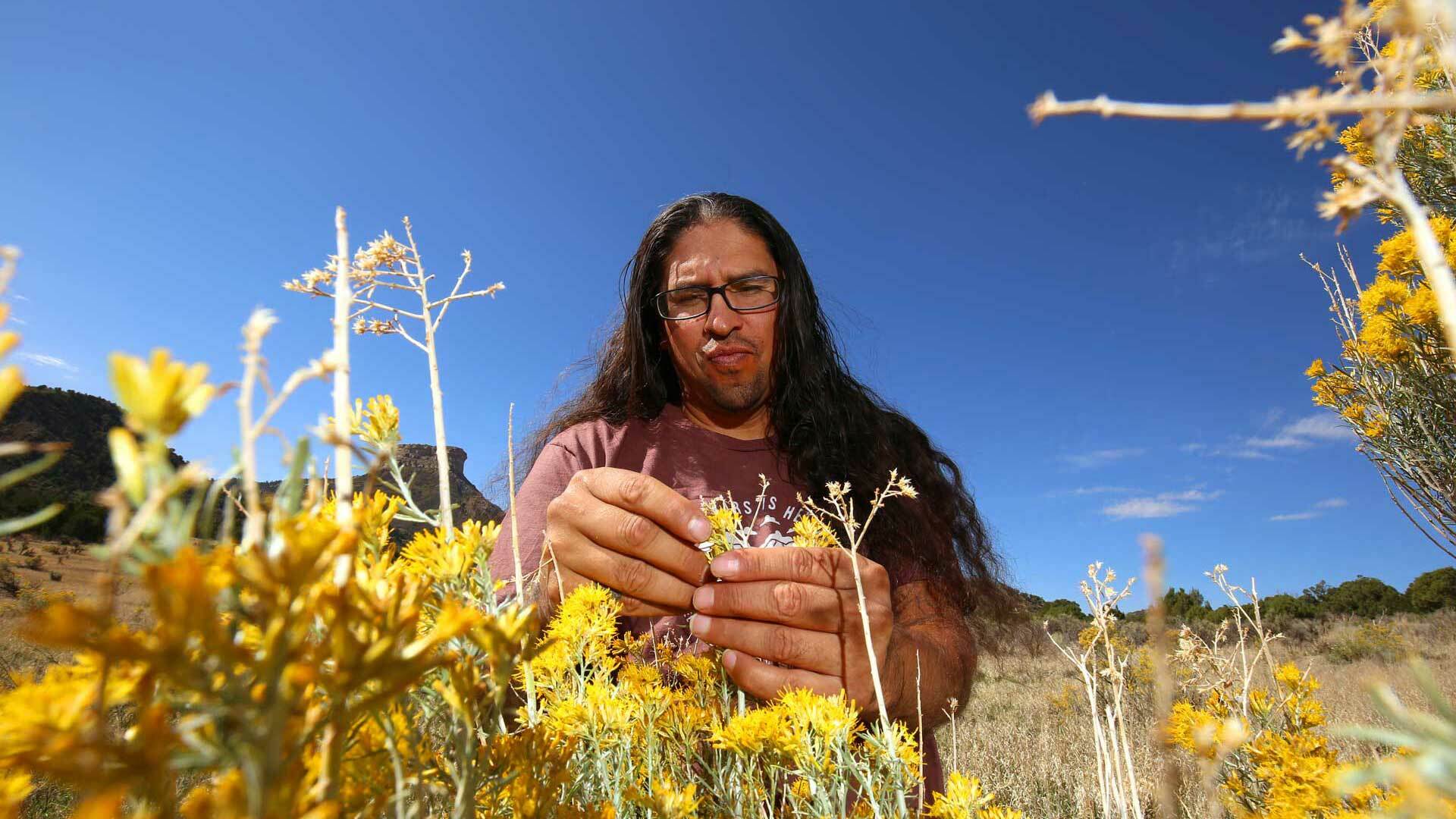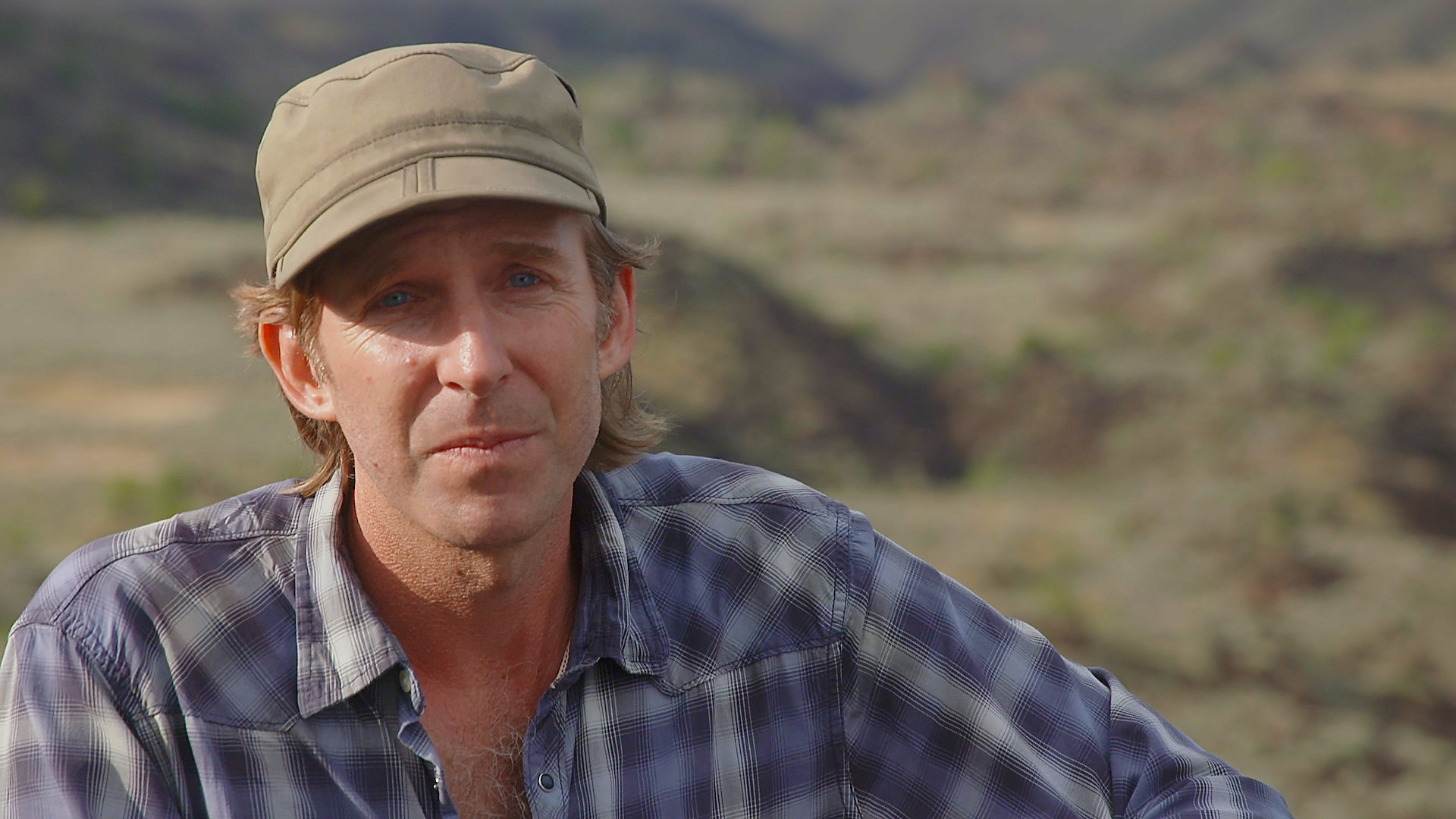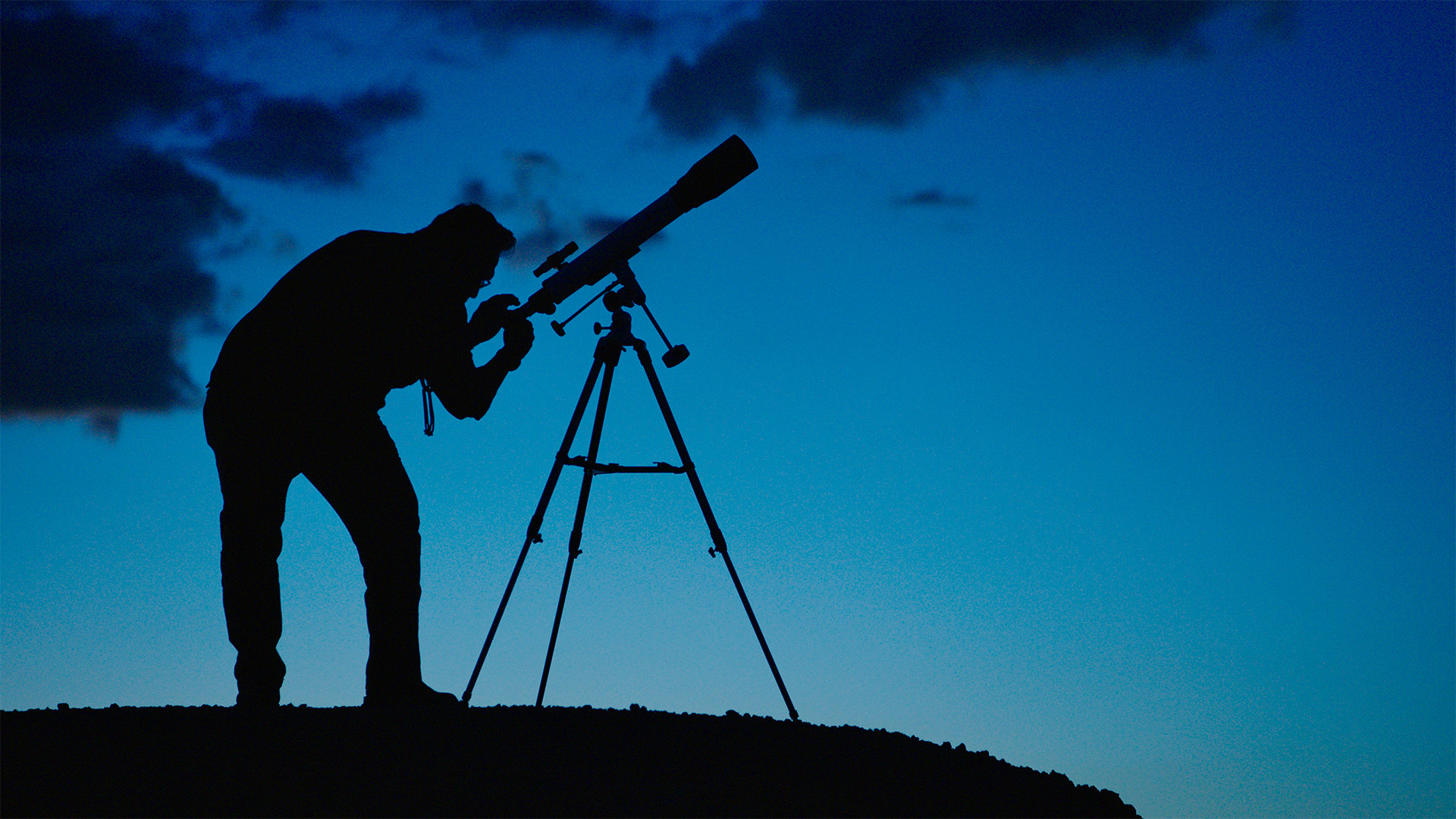
Totem Poles
Totem Poles scatter the lands of the Pacific Northwest; some are modern creations and other totem poles are decayed by time and weather. For decades after colonization, the creation of these tribal records was outlawed, however in recent history, Native artisans and tradition bearers have begun to both recreate totem poles that have fallen victim to the elements and produce new poles to represent the stories, legacies and other vents within their tribe. Below are a few facts about totem poles and how they convey meaning within the tribe.
Download Full Poster





Totem pole information and facts were assembled with the aid and expertise of Terena Hunt, an Indigenous woman of Kwakwaka’wakw and Tlingit heritage, born in Alert Bay, BC Canada. Terena is a proud mother to three and has two granddaughters. She is very active in her traditional way of life participating in ceremonies, researching family history and dedicating her career to the healing of Indigenous people in the Criminal Justice, Child Welfare and Education systems in Canada. Terena's traditional role as a lifegiver extends to guiding her children in the traditional ways of her people as well as sharing her knowledge with those seeking connection to the culture. She is also mother to Alan Hunt, whose ceremonial induction as Hereditary Chief was featured in Season 1, Episode 2 of Native America.
REFERENCES & FURTHER READING
Lenz, Jane M. “On the Totem Trail.” Smithsonian Magazine. June 2001.
Stromberg, J. “The Art of the Totem Pole.” Smithsonian Magazine. Jan. 5, 2012.



